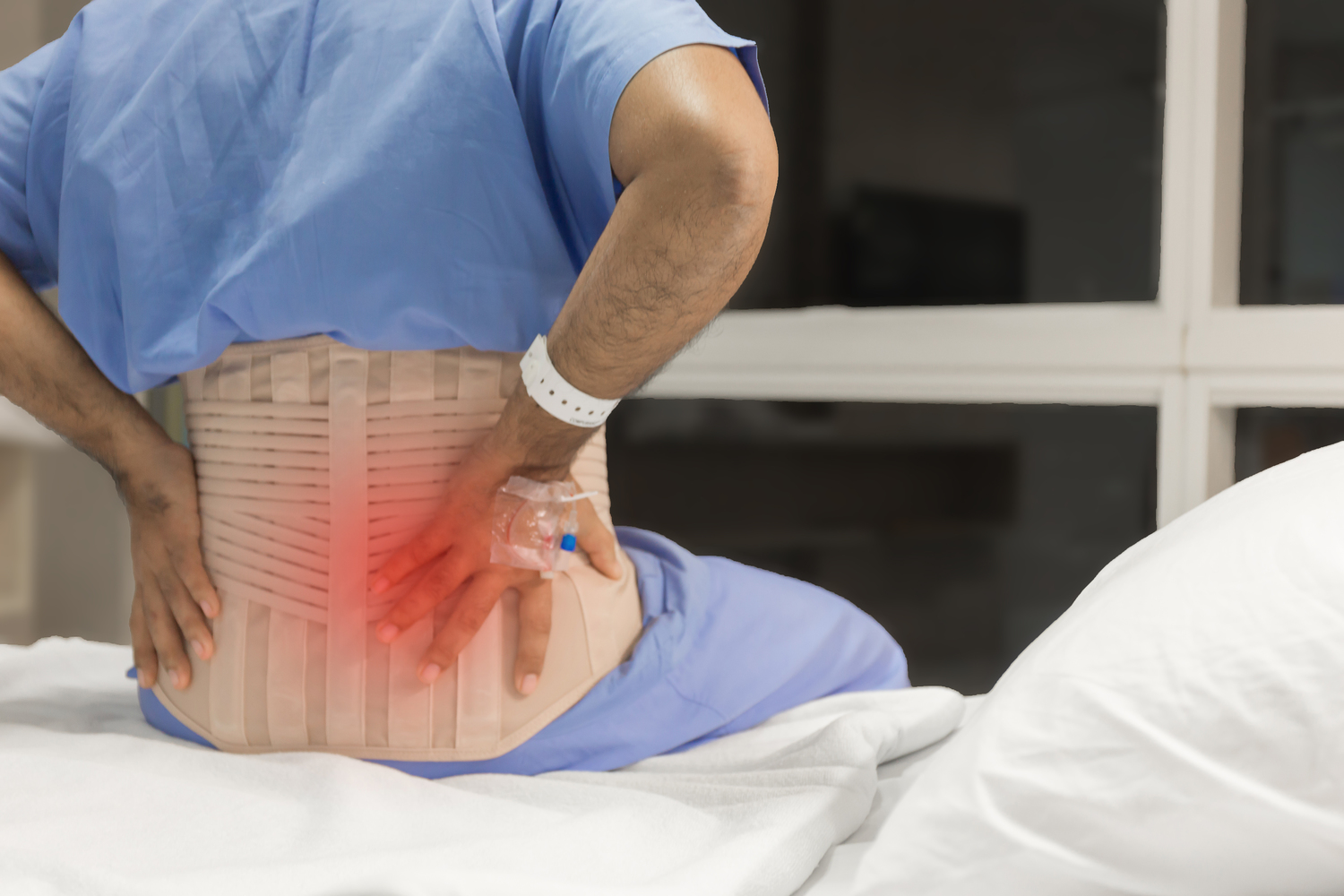All You Need To Know About Compression Fractures
All you need to know about compression fractures
A compression fracture occurs in the spine. When the vertebrae or the bones of the spine collapse, it is known as a compression fracture. Such a situation may lead to pain, loss of height, poor posture, and a host of other symptoms. Patients have described the pain to be like the unfortunate feeling of being stabbed in the back with a sharp knife.
What causes a compression fracture?
- A compression fracture may be caused by a painful back injury, such as during sports or a bad tumble. This is known as physical trauma.

What are the symptoms of a compression fracture?
- The first and most apparent symptom of a compression fracture is a pain, which is felt in the spine. This pain can range from severe discomfort to stabbing and unbearable pain.
- If you are stooping or have a hump on your back, it may be a sign of a compression fracture.
- Feeling numbness or a tingling sensation in areas of the body, especially the limbs, is another symptom.
- Difficulty in moving around and walking may also be a symptom of a compression fracture.
- Incontinence is a rare symptom of a compression fracture.
Who is at risk of a compression fracture?
- There are certain individuals who are at a higher risk of a compression fracture. They include older men, especially those over 60 years of age; women who have gone through menopause; individuals with calcium deficiency; people with osteoporosis; and people with cancer that has spread to the bones, especially the spinal column.
- Certain demographics are also prone to it, such as people who are Caucasian and of Asian descent; are thin, especially women; are older women above the age of 50 years; and are smokers, as they tend to lose bone thickness with smoking.
How is a compression fracture diagnosed?
- Only a certified medical expert can perform a diagnosis of a compression fracture.
- The doctor will conduct a physical examination of the spine to see if it is curved or has a hump
- A computed tomography (CT) scan may be in order to check for osteoporosis, as well as an magnetic resonance imaging (MRI) scan or an X-ray.
- Diagnostic imaging tests may be required in case of traumatic injuries to the back or to check for tumors.
How is a compression fracture treated?
- If the underlying condition for the compression fracture is found to be osteoporosis, then the medical expert will recommend a combination of treatments. These include bed rest to help heal; pain medications; supporting the spine with a back brace; physical therapy to strengthen the core muscles and provide support to spinal muscles; new bone formation inducing medication; preventing further bone problems and future fractures with calcium supplements; surgical intervention, to restore the vertebral height; and insertion of bone cement to stop the collapse of the vertebra.
- If the underlying cause for the compression fracture is a tumor, then more invasive measures would be necessary, such as vertebroplasty, which is the injection of special cement between the spaces of the vertebrae to lengthen the spine or surgery to remove sections of tissue or the bone.
- If the underlying cause of a compression fracture is trauma or a fracture to the back, the doctor may perform surgery to join the vertebrae and relieve pressure and pain on the nerves.
With the aforementioned information on compression fractures, one should be well aware of this condition and be aware of the symptoms. Seeking medical help immediately is important, as the spinal column is essential to the well-being of an individual.
